This is day 18 in our Hatch-along of Buff Orpington eggs. We are now in “lockdown,” which refers to the day after which we no longer open the incubator. It is also the day that we stop turning the eggs and increase humidity. On day 18, the embryo begins to position itself for the hatch: its head is tucked under its right wing and it orients its head towards the wide end of the egg where the air cell is located.
If a broody hen were sitting on these eggs, she would no longer take her daily trip out of the nest to find food and water or relieve herself. She would remain on the nest in order to maintain the critical temperature and humidity necessary for a successful hatch and to allow the embryo to get into the proper hatching position.
We stop turning the eggs in the incubator at this point so as not to interfere with this important positioning. We don’t want the chick to have to waste energy re-positioning itself, it should only have to concern itself with the work of getting out of that shell.
While I could have left the egg turning tray in the incubator, I chose to remove it. I added a piece of rubber shelf-liner to provide the chicks with a secure surface upon which to walk after they hatch.
With my Brinsea Mini Advance incubator, the recommended humidity is increased from 55% to 65-70% by simply filling up both water reservoirs. With other types of incubators, humidity is ordinarily monitored with a hygrometer. Too much or not enough humidity can cause hatching problems.
By now, the embryos are fully developed. The egg yolk is attached to its body via an umbilical cord and belly-button type system. Tomorrow, the embryo will begin to draw the yolk sac into its abdominal cavity. The purpose of the yolk is to provide nutrition to the chick while it waits for the mother hen to finish hatching other eggs. A chick can survive for approximately 3 days without food or water due to the absorption of the yolk sac, which is what makes shipping baby chicks via mail possible.
This is the last time I will candle these eggs. I would have removed any eggs that appeared to have expired, but fortunately, I was able to see movement in each of the them. Movement is reassuring, but lack of movement is not necessarily cause for alarm as embryos do have sleep periods. While signs of movement are encouraging, we’re not counting any chickens yet; days 20/21 are a very common time for embryos to die for a number of reasons including genetic defects or weakness.
While I can expect to hear cheeping from within the eggs at any time now, it is most commonly heard around day 20. Chicks can hatch earlier or later than day 21 depending on whether temperatures were off a little bit one way or the other (too cool and they’ll hatch later, too warm and they’ll hatch earlier). Stay tuned for the fun stuff coming soon!
Hatch-along Part 1, Part 2, Part 3, Part 4, Part 5, Part 6, Part 7, Part 8
I henhold til loven skal følgende registreres. Nye lægemidler til det russiske marked. Nye kombinationer af tidligere registrerede lægemidler. Lægemidler, der allerede er registreret i andre doseringer eller former: tabletter, opløsninger, pulvere. Ikke-registrerede lægemidler i Rusland kan kun ordineres efter beslutning https://sterkereu.com/erectiestoornissen/kamagra fra en lægekommission eller et konsilium, og de kan kun importeres til Rusland med tilladelse fra sundhedsministeriet.
Kathy Shea Mormino
Affectionately known internationally as The Chicken Chick®, Kathy Shea Mormino shares a fun-loving, informative style to raising backyard chickens. …Read on


shop my SPONSORS
This is day 18 in our Hatch-along of Buff Orpington eggs. We are now in “lockdown,” which refers to the day after which we no longer open the incubator. It is also the day that we stop turning the eggs and increase humidity. On day 18, the embryo begins to position itself for the hatch: its head is tucked under its right wing and it orients its head towards the wide end of the egg where the air cell is located.
If a broody hen were sitting on these eggs, she would no longer take her daily trip out of the nest to find food and water or relieve herself. She would remain on the nest in order to maintain the critical temperature and humidity necessary for a successful hatch and to allow the embryo to get into the proper hatching position.
We stop turning the eggs in the incubator at this point so as not to interfere with this important positioning. We don’t want the chick to have to waste energy re-positioning itself, it should only have to concern itself with the work of getting out of that shell.
While I could have left the egg turning tray in the incubator, I chose to remove it. I added a piece of rubber shelf-liner to provide the chicks with a secure surface upon which to walk after they hatch.
With my Brinsea Mini Advance incubator, the recommended humidity is increased from 55% to 65-70% by simply filling up both water reservoirs. With other types of incubators, humidity is ordinarily monitored with a hygrometer. Too much or not enough humidity can cause hatching problems.
By now, the embryos are fully developed. The egg yolk is attached to its body via an umbilical cord and belly-button type system. Tomorrow, the embryo will begin to draw the yolk sac into its abdominal cavity. The purpose of the yolk is to provide nutrition to the chick while it waits for the mother hen to finish hatching other eggs. A chick can survive for approximately 3 days without food or water due to the absorption of the yolk sac, which is what makes shipping baby chicks via mail possible.
This is the last time I will candle these eggs. I would have removed any eggs that appeared to have expired, but fortunately, I was able to see movement in each of the them. Movement is reassuring, but lack of movement is not necessarily cause for alarm as embryos do have sleep periods. While signs of movement are encouraging, we’re not counting any chickens yet; days 20/21 are a very common time for embryos to die for a number of reasons including genetic defects or weakness.
While I can expect to hear cheeping from within the eggs at any time now, it is most commonly heard around day 20. Chicks can hatch earlier or later than day 21 depending on whether temperatures were off a little bit one way or the other (too cool and they’ll hatch later, too warm and they’ll hatch earlier). Stay tuned for the fun stuff coming soon!
Hatch-along Part 1, Part 2, Part 3, Part 4, Part 5, Part 6, Part 7, Part 8
I henhold til loven skal følgende registreres. Nye lægemidler til det russiske marked. Nye kombinationer af tidligere registrerede lægemidler. Lægemidler, der allerede er registreret i andre doseringer eller former: tabletter, opløsninger, pulvere. Ikke-registrerede lægemidler i Rusland kan kun ordineres efter beslutning https://sterkereu.com/erectiestoornissen/kamagra fra en lægekommission eller et konsilium, og de kan kun importeres til Rusland med tilladelse fra sundhedsministeriet.



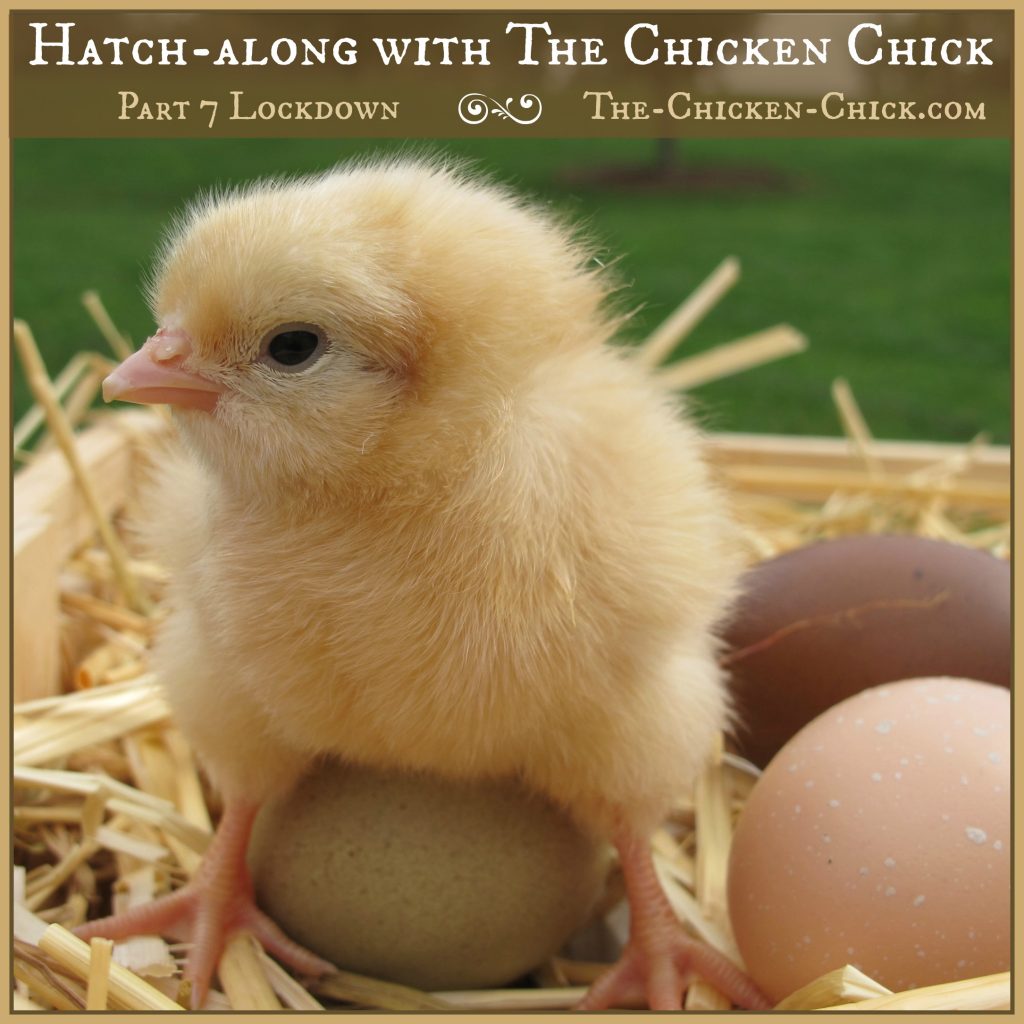
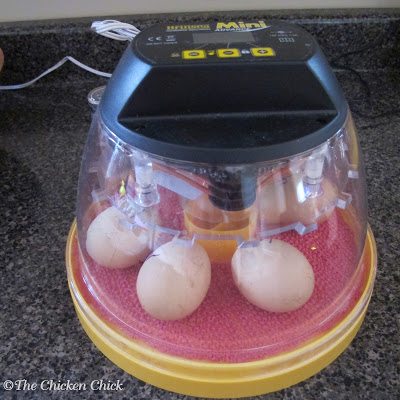
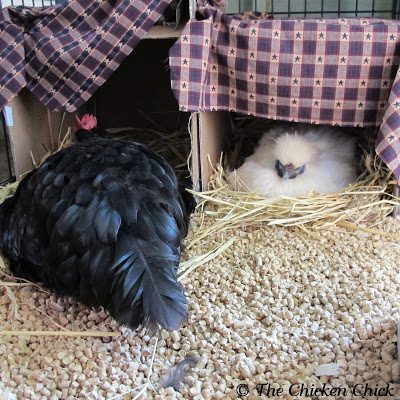
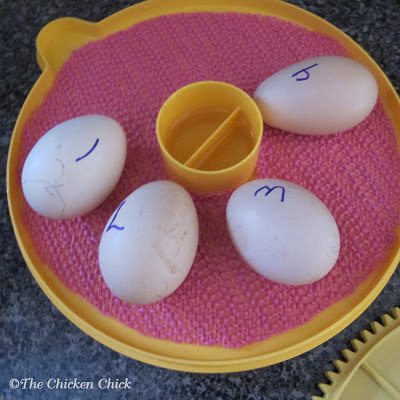
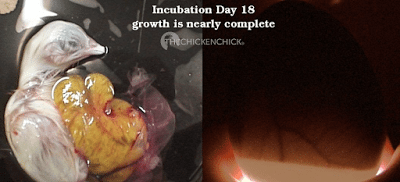
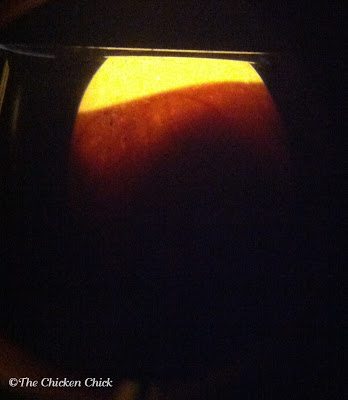
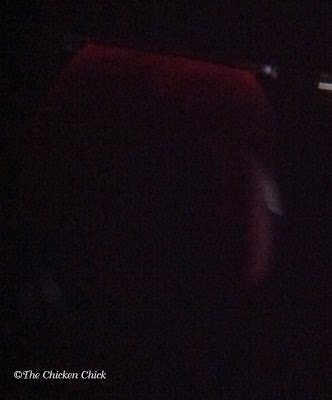
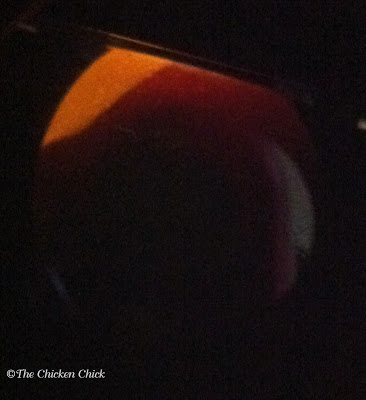
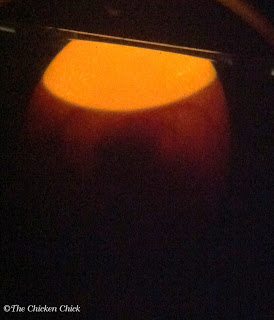
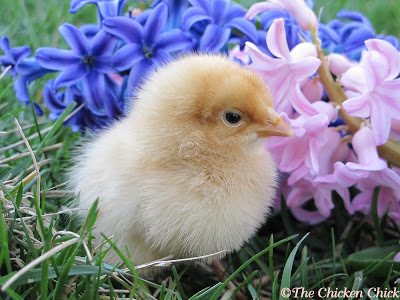























How exciting….I set a full Little Giant on the 1st with six Speckled Sussex and the rest are eggs from my chickens that are all mixed….EE's now. Today I set 14 more Speckled Sussex and 12 Buff Orpingtion eggs from a friend. I am excited to hatch again and have babies!!
This was a very interesting post, Kathy–I learned a lot I didn't know about hatching chicks. Thank you so much for following my blog, and I followed you back!
Thank you, Athena. It's nice to have you with us!
What a fascinating blog you have! I've already learned so much from this one post! Thanks so much for the invitation!
Thank you Jacqueline! Chicks hatching never cease to astound me.
Thank you for joining me on the journey!
Kathy this is amazing!!! xo HHL
Thank you HHL. ☺
I just linked up one that's pretty funny, sugar. Hope it brings a chuckle to ya. Nice to meet you!
xoxo,
Connie
Thanks for linking-up, Connie! I'm looking forward to reading your post.
The pleasure is mine (I don't get called 'sugar' nearly enough. ☺).